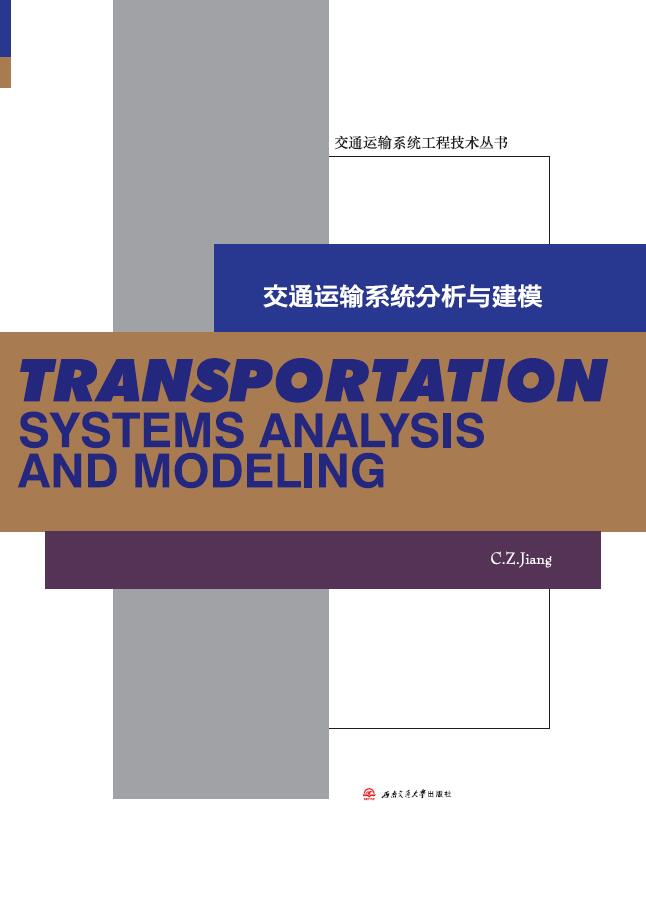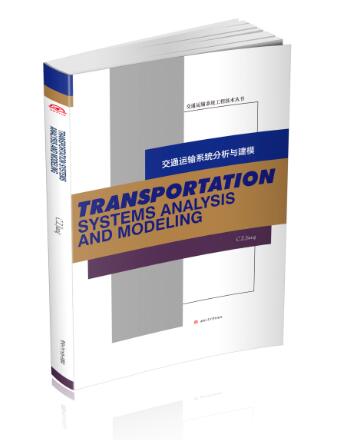-
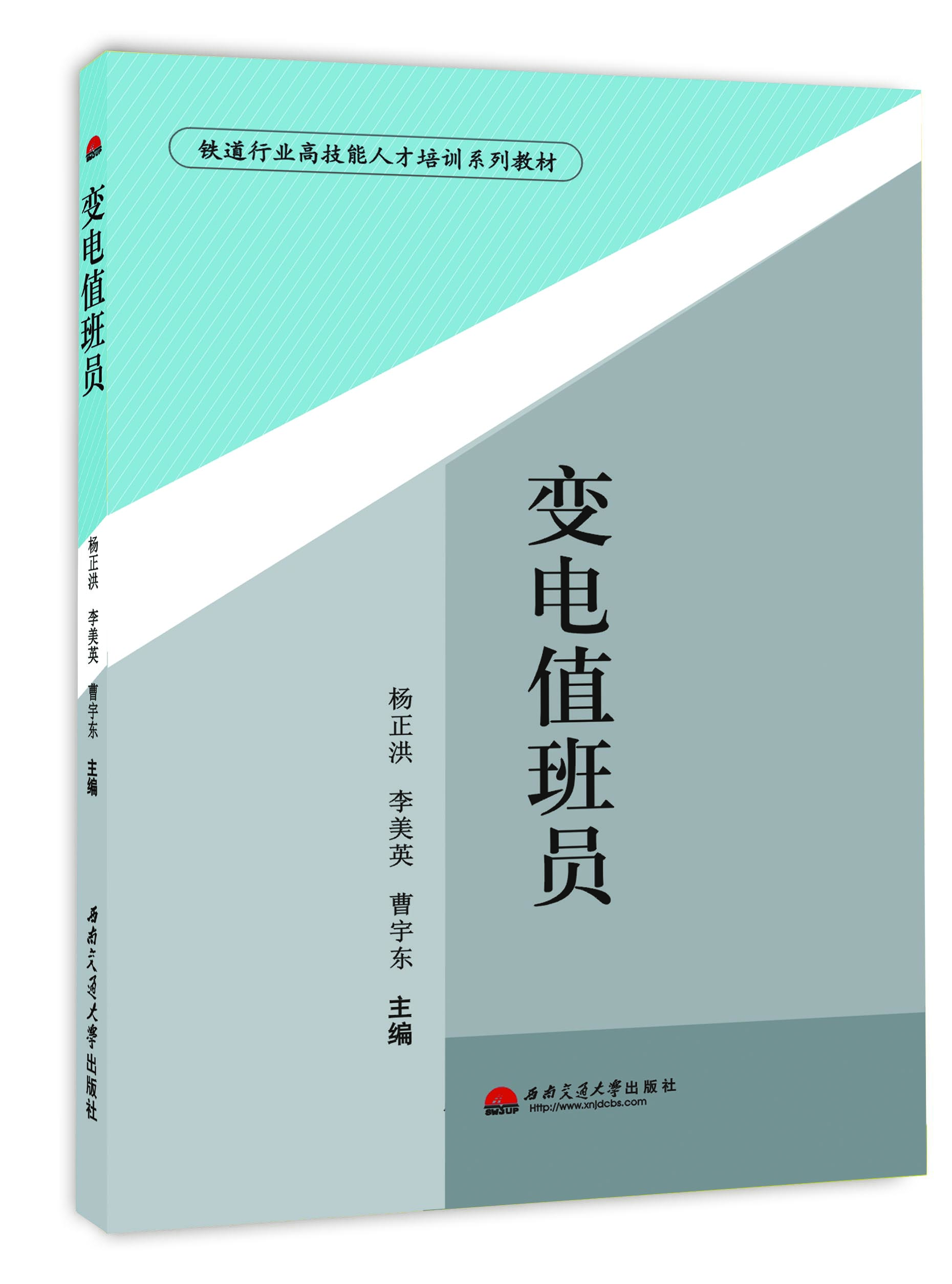 变电值班员
变电值班员作者:杨正洪,李美英,曹宇东主编
本书遵循以职业能力为导向、以胜任工作为重点的原则,在教材内容组织上采用项目和任务的形式,加强实践性教学内容,以满足企业对专业技术人才岗位工作能力的要求。
本书共有三个单元十个项目,由新疆铁道职业技术学院电气工程教学部和哈密供电段共同完成,其中第一单元项目一电工基础知识、项目二电工基本操作由张怀丽老师编写,项目三触电救护及防触电技术由杨乐老师编写,第二单元项目四供电系统由陈淑珍老师编写,项目五牵引变电所电气设备由杨正洪老师编写,项目六变电所主接线和倒闸作业由哈密供电段曹宇东编写,项目七二次回路由李月娥老师编写,项目八继电保护由王荣老师编写,项目九变电所综合自动化技术由康雪花老师编写,第三单元由李美英老师编写。
本书由新疆铁路高级技术学校组织筹划,采取校企合作的方式,联合乌鲁木齐铁路局工务处和各工务段专业处室的骨干技术力量共同编写,在此对他们的辛苦努力和大力支持表示衷心感谢! -
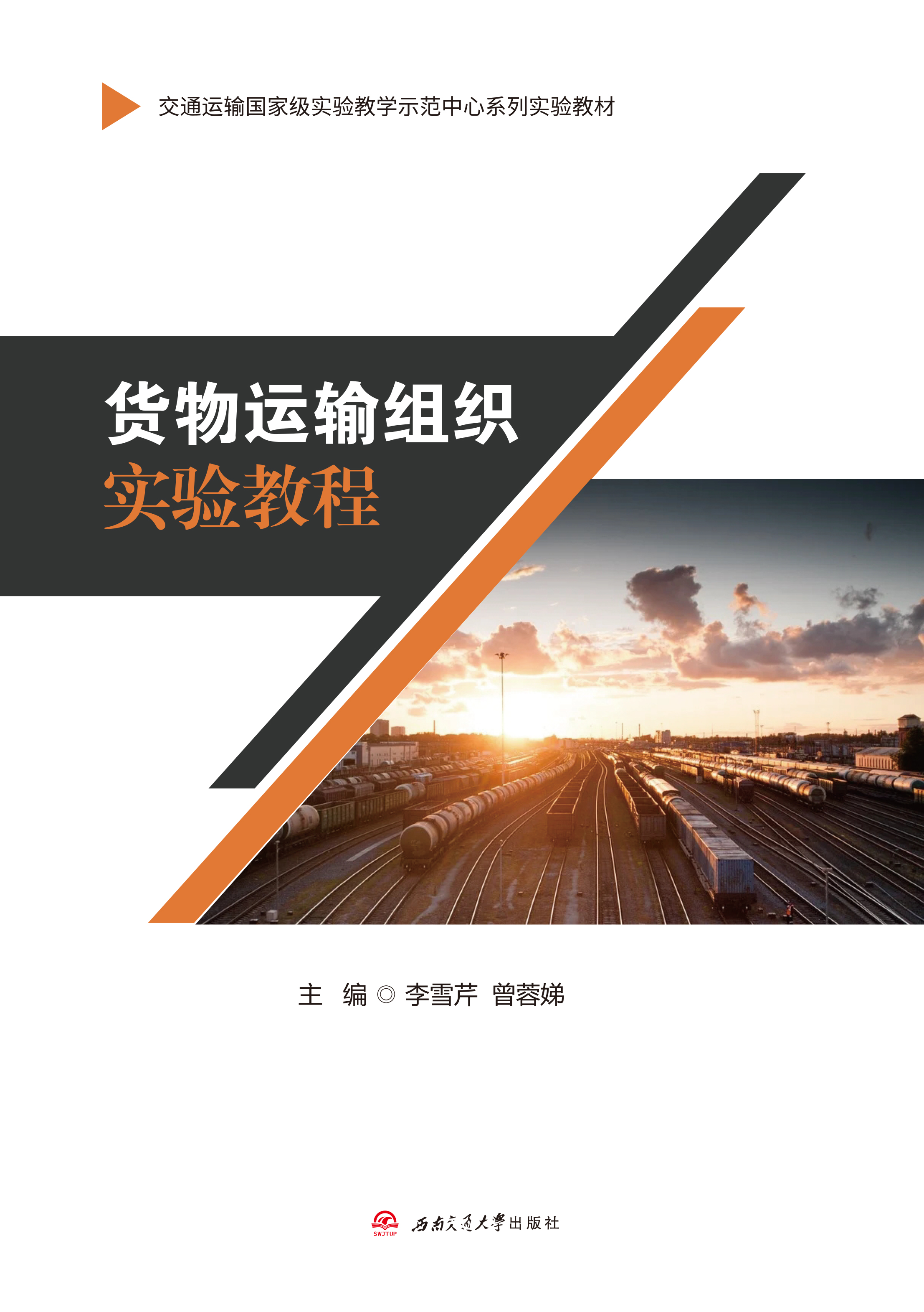 货物运输组织实验教程
货物运输组织实验教程作者:李雪芹,曾蓉娣
在交通运输专业本科人才培养中,《货物运输组织》课程是专业核心课程之一,在培养学生掌握货物运输组织基本理论和方法方面一直起着主导作用,但市面上《铁路货物运输组织》教材中只有理论知识,缺少操作层面的指导。本书为高等院校交通运输相关专业实验教学用书,主要内容包含:货物的性质与分类;货物的包装与标志;危险货物运输;货物运输实验设备及内容;实验方法及要求。通过对本书的实验学习,学生有助于加强学以致用的实操能力,为相关岗位输送更多具有实际操作能力的高水平人才。
-
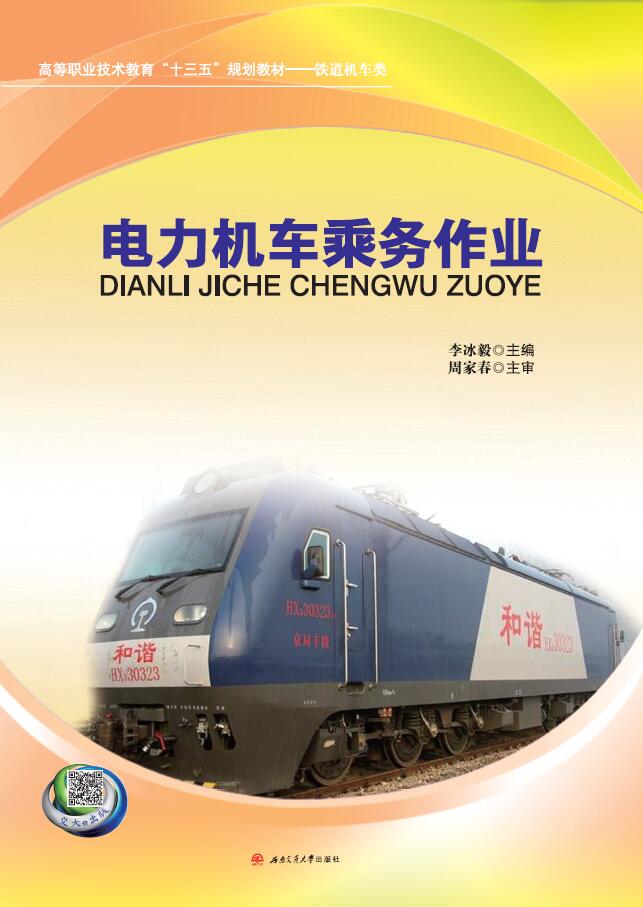 电力机车乘务作业
电力机车乘务作业作者:李冰毅, 主编
本书为高等职业教育电力机车专业教材。全书主要包括了机车管理与运用常识、铁路行车规章、电力机车乘务作业与保养三大部分内容。分别详细介绍了机车运用指标的统计常识,行车信号、列车编组、列车运行及防护、行车闭塞法等。以及依据是最新版《铁路机车操作规则》,介绍了电力机车乘务员标准化作业程序、行车安全装备、机车检查保养及安全生产知识,机车乘务员所需的核心知识和技能等。
图书分类
Book classification- 本书首先重新定义了交通系统,针对交通运输供给系统进行分析,特别是基于运输成本和交通流量的关系,通过交通流理论、效用函数理论等对交通运输系统用户行为以及客运与货运规律进行数学建模,其中包括交通运输网络静态和动态均衡模型,*后介绍如何通过数据对已经建立的模型校正。本书适合相关专业本科、研究生及相关的研究人员参考。
- A transportation system can be defined as the combination of elements and their interactions, which produce the demand for travel within a given area and the supply of transportation services to satis...查看更多
-
Part A Transportation Systems Analysis and Modeling Process 1
Chapter 1 Introduction to Transportation Systems 1
1.1 Definitions 1
1.1.1 Preliminary Concepts of Transportation Systems ...查看更多

